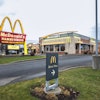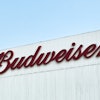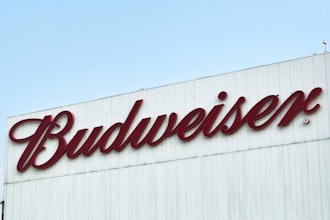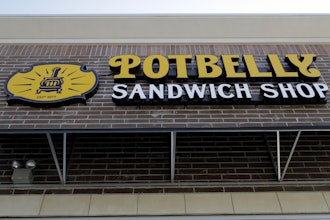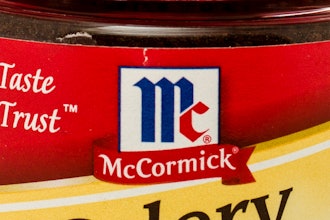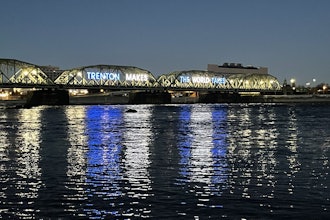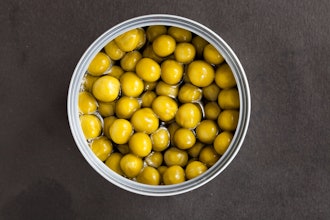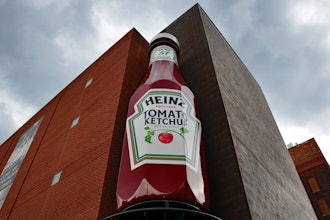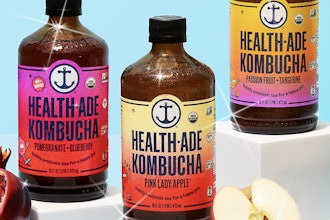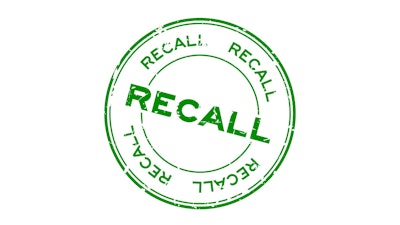
The interconnected global economy has led to a rise in product recalls across industries, particularly in food & beverage, automotive and consumer goods. For companies facing product recalls, commercial general liability (CGL) insurance policies can help offset losses. At each level of a supply chain, there is a risk of contamination or defects that may not manifest until after a product hits the market. Insurance can help protect against the substantial costs that often stem from recalls of defective or contaminated products. While some companies have insurance specifically designed to cover losses and business interruption resulting from recalls and other food contamination incidents, general liability policies can provide alternative or supplemental coverage for these losses. Whether your company’s CGL and excess policies provide coverage can turn on several factors, including whether there has been “property damage” and whether the “Your Product” exclusion typically included in a CGL policy applies.
Property Damage Requirement
In addition to covering a policyholder’s defense costs, a typical CGL policy provides coverage for damages the insured company becomes legally obligated to pay because of “property damage.” Insurers may attempt to deny coverage for recalls on the basis that costs incurred are “economic losses” that do not constitute “property damage.” Courts have reached different conclusions on this issue.
A California appellate court, in Shade Foods, Inc. v. Innovative Products, rejected an insurer’s attempt to avoid coverage for Shade Foods’ claim arising from its production and supply of wood-contaminated nut clusters that were added to General Mills’ cereals. Shade Foods, the policyholder, sought coverage for the amounts it owed General Mills for the resulting shutdown of production and destruction of cereal boxes that contained its contaminated clusters. The insurer argued that the diminution in value of General Mills’ product by reason of a defective component did not constitute “property damage” under the insurance policy. However, the court agreed with Shade Foods, finding that, although “the distinction may sometimes be a fine one to draw,” the property damage requirement is met when “a potentially injurious material in a product causes loss to other products with which it is incorporated.”
Coming out on the other side of this “fine line,” in Sokol & Co. v. Atlantic Mutual, the Seventh Circuit Court of Appeals held that an insurer was not obligated to cover replacement costs stemming from the insured’s supply of spoiled peanut butter packets to a distributor. Here, the distributor was including the peanut butter packets in boxes of cookie mix. The court held that, because the peanut butter did not impact the other food products in the boxes, and because the “act of opening and resealing cookie mix boxes can scarcely be characterized as an ‘injury’ to the boxes,” there was no covered property damage under the policy.
For manufacturers supplying a component of an end product, the Shade Mills and Sokol cases have an important takeaway. When seeking CGL coverage, the required “property damage” can often be established by facts showing that the contaminated subcomponent had a physical injurious impact on the larger product. Another example of this is Thruway v. Massachusetts Bay, which involved a produce supplier who provided rodenticide-contaminated apples to a baby food manufacturer, resulting in a product recall. The supplier’s insurer denied coverage, arguing that the damages owed by the supplier to the manufacturer were “economic damages” that did not constitute “property damage.” The court, however, found that “the contaminated apples were incorporated into [the] baby-food product, which became damaged thereby,” and thus the record established that “the contaminated apples caused ‘property damage.’”
When establishing property damage under a CGL policy, it is important for companies to thoroughly present the facts. As noted by a federal district court in Naumes v. Chubb, “mere incorporation of an insured’s product as a component in a product is not ‘actual injury’ to property,” rather, it is the “nature of the alleged damage that controls coverage.” Thus, where a contaminated subcomponent is alleged to have physically altered the end product, this “property damage” can trigger CGL coverage even where the ultimate losses sought are for “unsellable” goods.
For example, the insured in the Naumes case supplied a drink mix to a manufacturer that required it to conform to Japanese regulations. The end product was recalled because the drink contained prohibited ingredients that stemmed from the mix. The insurer of the mix manufacturer argued that because the underlying complaint alleged breach of warranty, the damages were an “economic loss” and CGL coverage was not triggered. The court held that tangible property had indisputably been damaged, as the complaint alleged that the mix was combined with other products to produce a drink “that contained ingredients that rendered the drink useless in the specific market for which the drink was intended.”
Similarly, in Netherlands v. Main Street, the Eighth Circuit found “property damage” where a subcomponent failed to meet FDA regulations and the end-product distributor was “unable to sell its products,” regardless of whether the product could have been safely consumed. In the Netherlands case, the insured supplied dried milk that was “potentially” contaminated with Salmonella to General Mills, which incorporated the dried milk into its oatmeal products. There was no factual finding that the milk or oatmeal product contained Salmonella, but the court held that because the oatmeal could not legally be used in General Mills’ business, this was an “impairment of function and value sufficient to support a finding of physical damage.”
Application of the Your Product Exclusion
Coverage can also turn on whether a CGL policy’s “Your Product” exclusion applies. Typically, the exclusion bars coverage for property damage to “‘your product’ arising out of it or any part of it.” Generally, “your product” is defined in the policy as “any goods or products . . . manufactured, sold, handled, distributed or disposed of” by the insured. Courts have come out different ways on whether such an exclusion bars coverage for recalls and food contamination incidents.
A Massachusetts court, in Hanover v. Raw Seafoods, found that the exclusion did not bar coverage for Raw Seafoods Inc. (RSI), whose negligent processing of scallops allegedly resulted in their premature spoilage. The court’s conclusion turned on the fact that RSI’s role in the supply chain was to apportion, pack and freeze scallops it received from Atlantic, before Atlantic would transport them to a storage facility and sell them. The court reasoned that the exclusion “does not apply when the insured’s liability results from the provision of services,” as it is intended only to exclude coverage for the cost of repairing or replacing the insured’s own defective product. Here, because the scallops were Atlantic’s product and the damage occurred while RSI was merely performing a service, coverage was not barred. The court noted that this outcome could have been different if RSI’s service had turned the scallops into “a fundamentally different product—for example, by incorporating them into a scallop chowder.”
Another court interpreted the Your Product exclusion more broadly based on the particulars of the case before it. In Tradin Organics v. Maryland Casualty, the insured supplied raspberry crumble to Crofters but allowed its third-party supplier to ship the crumble directly to Crofters. After shipment, glass and plastic debris was found in the crumble, resulting in a recall. The court found that the Your Product exclusion barred coverage despite the fact that the insured’s supplier sent the contaminated product directly to Crofters, bypassing the insured entirely. Because the exclusion bars coverage for property damage to, among other things, products “sold” by the insured, and the insured “sold” the crumble to Crofters, the exclusion applied.
Whether the Your Product exclusion applies will depend on the specific facts of the case, how those facts are presented, and the applicable state or federal law. For example, the Thruway v. Massachusetts Bay case discussed above involved contaminated apples that were supplied (or “sold”) to a baby food manufacturer, but the Thruway court found that the Your Product exclusion did not bar coverage. Instead, the court found that the exclusion was “intended to exclude coverage for damage to the insured’s product, but not for damage caused by the insured’s product to persons or property other than the insured’s own product.” Thus, because the insured’s contaminated apples caused damage to the baby food, the court found this was covered. In contrast, the Tradin Organic opinion, which found that coverage was excluded, made no reference to what property, if any, was damaged by the insured’s contaminated raspberry crumble. This type of fact presentation, coupled with the law applicable to the coverage dispute, can be outcome determinative in a dispute over coverage for recall claims under a CGL policy.
Property damage and the Your Product exclusion are two of the many issues that courts look at when examining CGL coverage for product recalls and food contamination incidents. As with the issues discussed in this article, a determination of coverage will generally turn on the nature of the underlying allegations and applicable law, and can be aided by a persuasive presentation of the facts of each case.
Syed Ahmad is a partner at Hunton Andrews Kurth LLP in Washington DC, where he represents clients in connection with insurance coverage, reinsurance matters and other business litigation. Ahmad has been admitted to the 2nd and 6th U.S. circuit courts of appeal, the U.S. District Court for the District of Columbia, and the U.S. District Court for the Eastern District of Virginia.
Sergio Oehninger is counsel at Hunton Andrews Kurth LLP in Washington DC, where he represents companies in complex insurance coverage and bad faith disputes nationally and internationally.
Michelle Spatz is an associate at Hunton Andrew Kurth LLP in Washinton DC, where she represents clients in complex insurance coverage litigation and arbitration, and provides counseling on a wide array of insurance matters.


